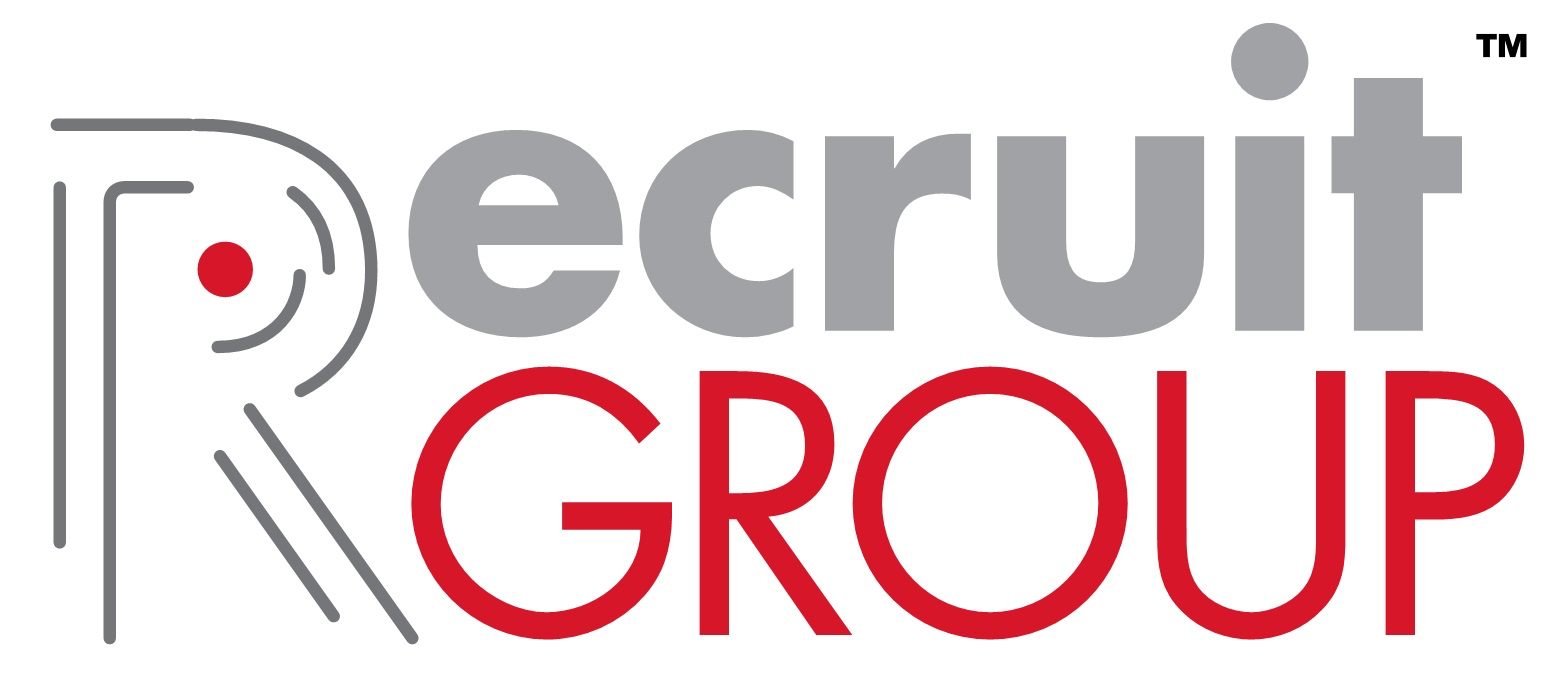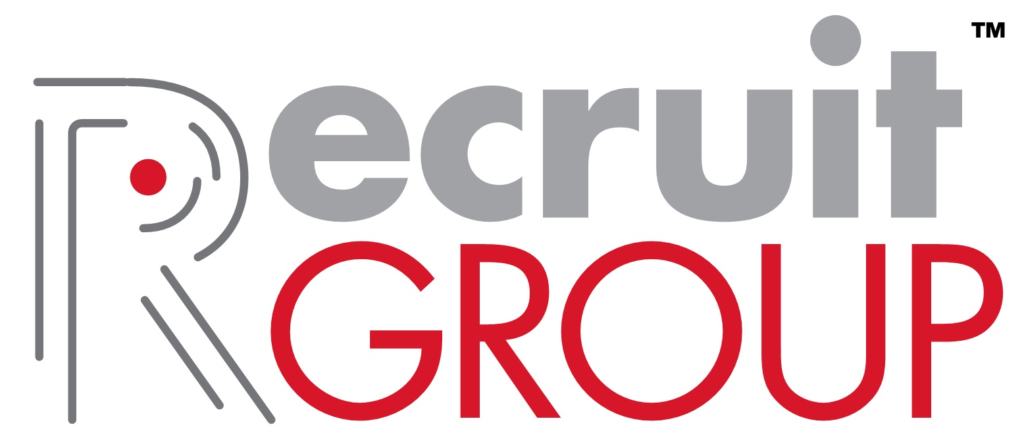Recruiting Roadmap: Master Hiring and Firing
In the ever-changing landscape of modern business, the ability to hire and fire effectively is a critical skill for leaders. As a recruiter, I get a front-row seat to observe how some of the best (and worst) leaders handle both sides of this equation.
The mastery of both can significantly impact organizational success. Here are some observations I’ve made about successful leaders who excel in hiring and firing.
The Art of Hiring: Finding the Perfect Fit
Hiring is not merely about filling a vacancy; it is about finding the right person who aligns with your company’s culture and goals. Here are four ways to enhance the hiring process:
Clear Vision: Start with a comprehensive job description that outlines the skills and experience required and the personality traits and cultural fit necessary for the role. This clarity helps attract candidates most likely to succeed in your organization.
Strategic Recruitment Processes: Leaders who excel in hiring leverage the best recruiting practices. They utilize a mix of traditional networking and sourcing or they will outsource to an expert in the field. This allows them to tap into a proven talent pool, rather than just posting a position.
Structured Interviews: Implement structured interview processes where each candidate is asked the same set of questions. This ensures a fair evaluation and helps in comparing candidates objectively. Have a screening process with multiple people involved that you trust to help you make the decision and who are in alignment with what you are looking for.
Cultural Fit and Soft Skills: While technical skills are crucial, don’t underestimate the importance of cultural fit and soft skills. These aspects can be evaluated through behavioral interviews, personality assessments, and even casual interactions with existing team members.
The Delicate Process of Firing: Clear Expectations and Fair Communication
Firing an employee is arguably one of the most challenging tasks for a leader; however, when handled with clear expectations and fair communication, it can be a constructive experience for both the individual and the organization. Here are some key considerations:
Clear Expectations: From day one of onboarding, establish clear performance expectations. Outline key responsibilities, performance metrics, and company values. Providing a detailed roadmap for the first six months helps new hires understand what is expected of them and sets the stage for ongoing evaluations.
Regular Check-Ins and Feedback: Schedule regular check-ins during the initial six months and beyond. These meetings should focus on providing constructive feedback, recognizing achievements, and addressing any performance issues early. Continuous communication helps in setting clear benchmarks and allows employees to course-correct if necessary.
Document Performance Issues: Maintain detailed records of performance issues and the steps taken to address them. This documentation is crucial not only for legal protection but also for ensuring transparency and fairness in the process.
Compassionate and Transparent Communication: If termination becomes necessary, approach the conversation with empathy and transparency. Acknowledge the individual’s contributions and explain the reasons for the decision clearly and respectfully. Offer support, such as outplacement services or a recommendation, to help them transition to new opportunities and ask for their perspective to acknowledge any blind spots that perhaps were missed by the company.


